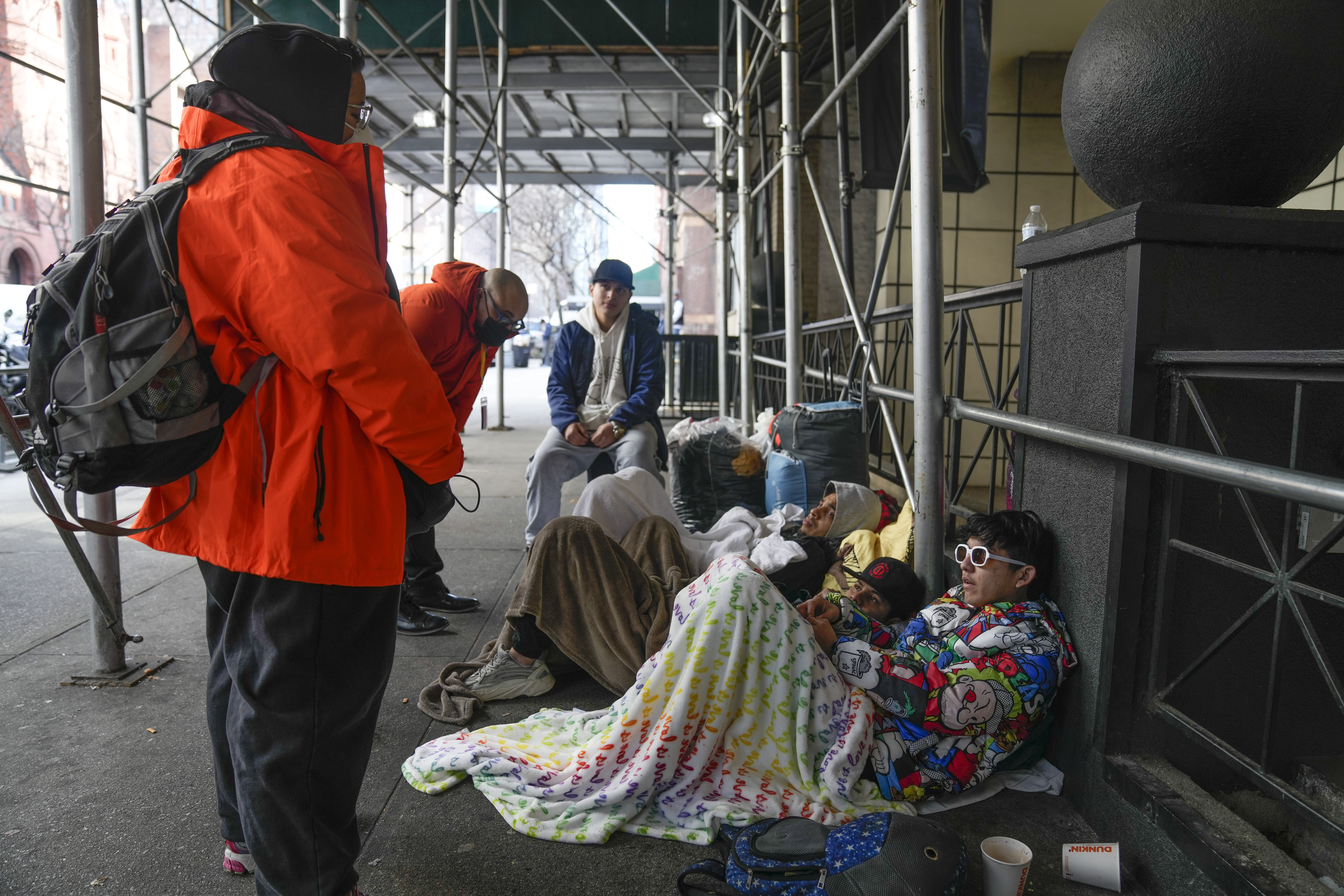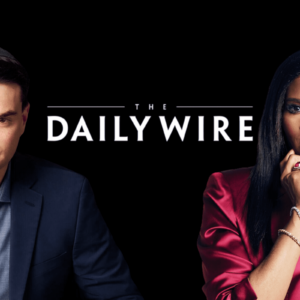
BREAKING: Fed Raises Interest Rates, AGAIN!
The Federal Reserve raised its benchmark overnight interest rate by three-quarters of a percentage point on Wednesday to reduce inflation.

Fed hikes interest rates by 0.75 percentage points for the second consecutive time to fight inflation.
In taking the benchmark overnight borrowing rate up to a range of 2.25%-2.5%, the moves in June and July represent the most stringent consecutive moves since the Fed began using the overnight funds rate as the principal tool of monetary policy in the early 1990s.
The fed funds rate impacts what banks charge each other for short-term loans and it feeds into a multitude of consumer products such as adjustable mortgages, auto loans, and credit cards.
The increase takes the funds rate to its highest level since December 2018.
Markets largely expected the move after Fed officials telegraphed the increase in a series of statements since the June meeting, and initially held on to gains after the announcement.

TRUST THE BANKERS!
Central bankers have emphasized the importance of bringing down inflation even if it means slowing the economy.
The rate-setting Federal Open Market Committee cautioned that “recent indicators of spending and production have softened.”
The central bank has faced critics, for being too slow to tighten when inflation first started in 2021 and for going too far and causing a more severe economic downturn.
Martin Armstrong, an economist says, “While the Central Bankers think this is clear sailing, they have entered uncharted waters. The risks of the markets discovering they cannot control the economy anymore will raise the crisis to extreme levels as we head into 2023.”
Sen. Elizabeth Warren (D-Mass.) said that she worried the Fed hikes would pose economic danger to those at the lowest end of the economic spectrum by raising unemployment.

Supply Chain Issues, Food, and Energy…
Nonetheless, job gains have been robust in recent months, and the unemployment rate has remained low, using language similar to the June statement.
Officials described inflation as “elevated” and attributed the situation to supply chain issues and higher prices for food and energy along with “broader price pressures,” the committee added.

The Increased Rate Was Approved Unanimously.
In June, Kansas City Fed President Esther George dissented, advocating a slower course with a 1/2 percentage point increase.
The increases come in a year that began with rates floating around zero but which has seen a commonly cited inflation measure run at 9.1% annually.
The Fed aims for inflation at around 2%.
In June, the unemployment rate was 3.6%, according to Reuters.
But inflation, even by the Fed’s standard of core personal consumption expenditures, which was at 4.7% in May, is off target.

The Dow Jones estimate for Thursday’s reading is for growth of 0.3%.
Along with rate increases, the Fed is reducing the size of asset holdings on its nearly $9 trillion balance sheet.
BONDS. BONDS. BONDS.
There is an inverse relationship between bonds and interest rates.
Beginning in June, the Fed began allowing some of the proceeds from maturing bonds to roll off.
The balance sheet has declined by $16 billion since the beginning of the roll-off, though the Fed set a cap of up to $47.5 billion.
The cap will rise through the summer, eventually hitting $95 billion a month by September.
QUANTITATIVE TIGHTENING
The process is known in markets as “quantitative tightening,” another mechanism the Fed uses to control financial conditions.
Markets expect the Fed to raise interest rates at least another half percentage point in September.
Traders assigned about a 53% chance the central bank would go even further, with a 3rd straight 0.75% point, or 75 basis points increase in September, according to CME Group data.
The FOMC does not meet in August, but officials will meet in Wyoming for the Fed’s annual retreat.
When Will Interest Rates Go Down?
The Fed is expected to start cutting rates in 2024…
READ MORE: 11 Ways to Be More Confident
ABOUT THE WRITER:
Elena Patestas is a journalist and writer for Valuetainment media. She attended Pepperdine University in Malibu, California, and Adelphi University on Long Island, New York. She was born and raised in Roslyn, New York, and currently lives in Miami, Florida.
Elena is passionate about bringing positive change to our world and believes education is the root to solving many societal problems. After overcoming a chronic health condition, Elena became passionate about health and believes food is the key to preventing dis-ease and achieving optimum health.
Amongst her many goals, she hopes to bring positive, impactful change to our world to create a healthy, financially sound, and unified society.

















Add comment